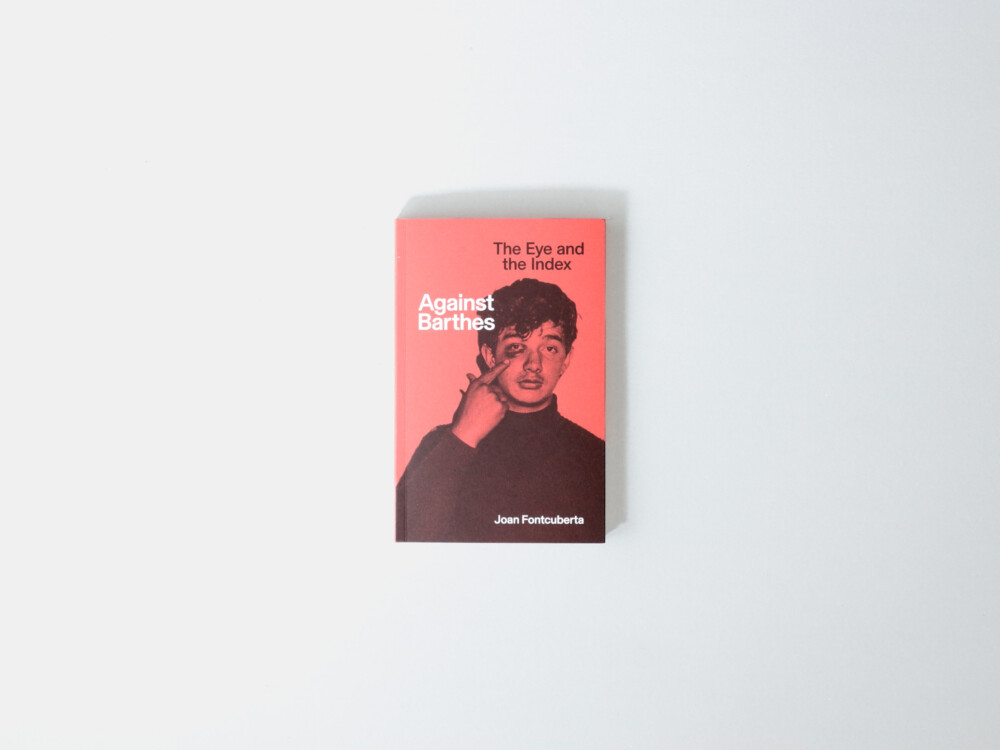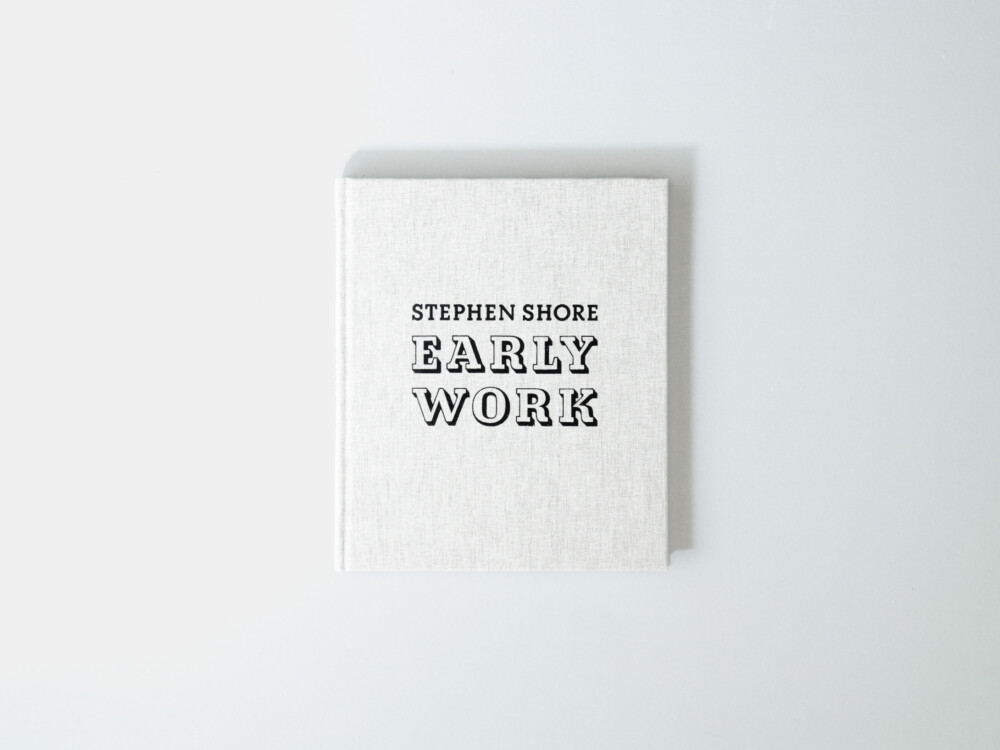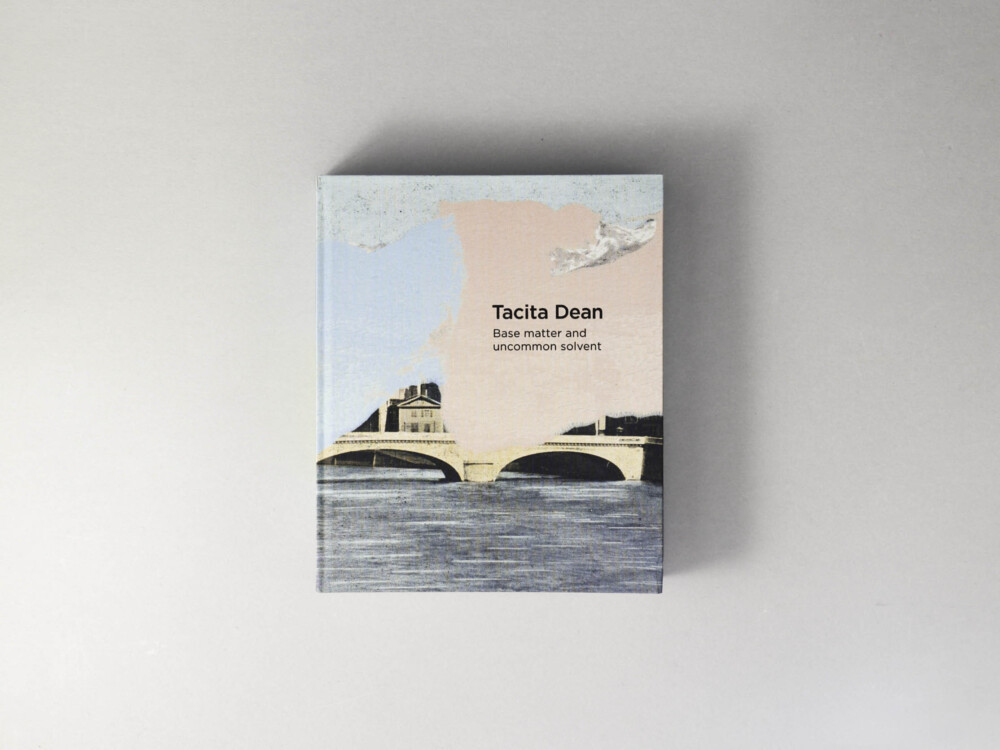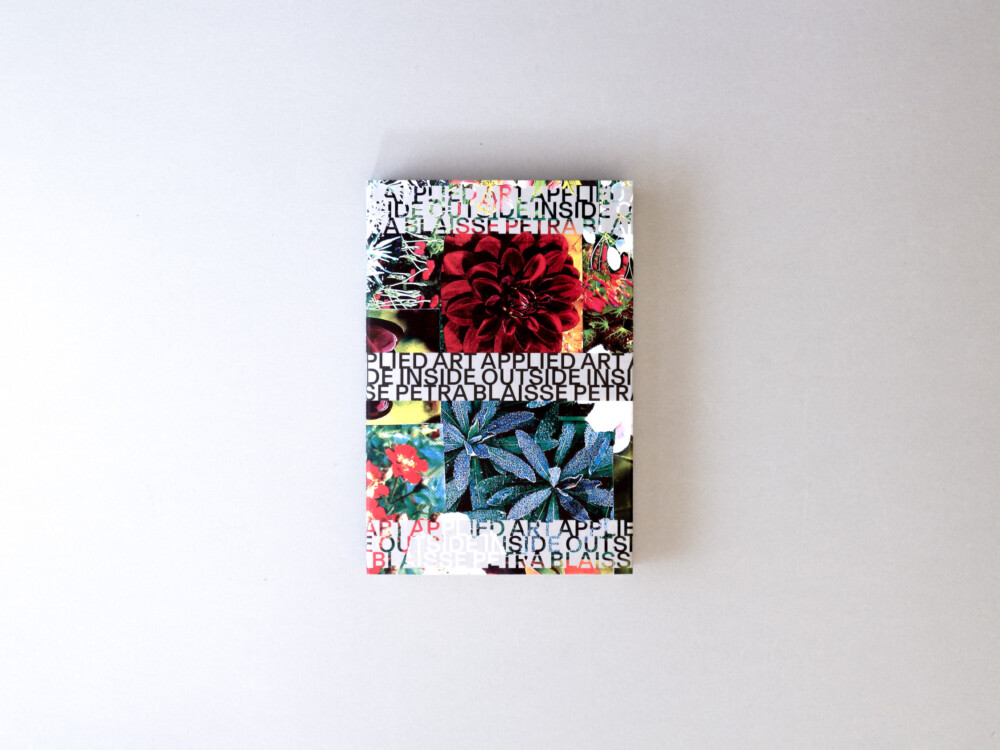At Home in London: The Mansion Block
60,00€
Housing is the basic building block of any city, dictating its character, scale, and structure. London is often associated with terraced houses and garden squares, but is also significantly characterised by large, purpose-built blocks of flats, otherwise known as mansion blocks. This landmark survey commissioned by The Architecture Foundation looks at the evolution of the London mansion block from the 1850s to the present day, offering a detailed encounter with the type and its role in defining the contemporary city. 0Covering twenty-seven examples, richly illustrated by newly com-missioned drawings and photographs, this volume reflects on the architectural ambitions and lived realities of these quotidian buildings. Architectural and urban designer Karin Templin con-siders the ways in which the mansion block came to define large areas of the city from Westminster and South Kensington in the nineteenth century to Kilburn and Stratford in the twenty-first. Reflecting London’s development from its consolidation as a metropolis in the high Victorian era to its present efforts to address a longstanding housing crisis, this volume explores the mansion block’s centrality to the capital’s identity and its wider relevance to discussions of housing and urban planning.0This book is first in a series on types of London housing, reflecting on the place of the home in the city in the light of its longstanding housing crisis. 0Photographs by Matthew Blunderfield0Co-published with The Architecture Foundation


















